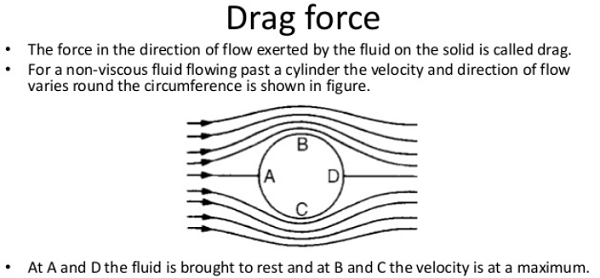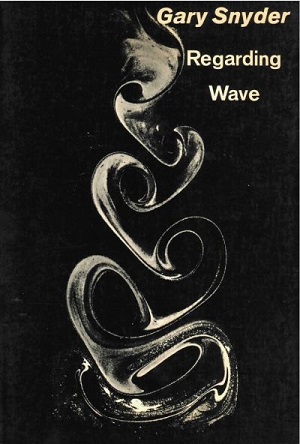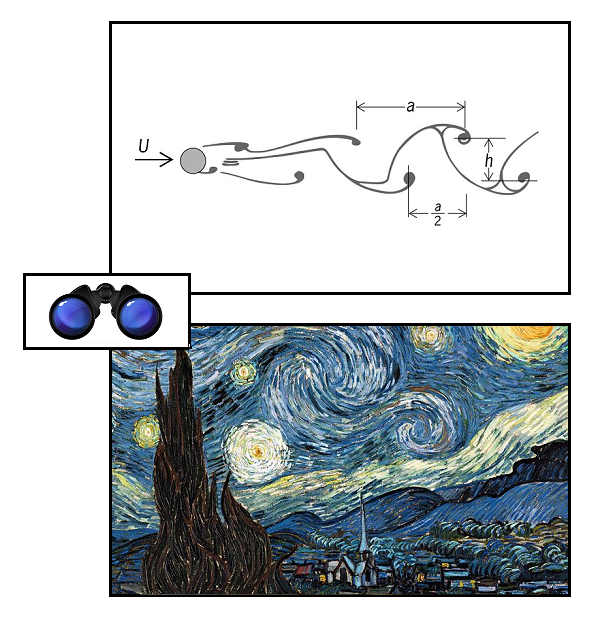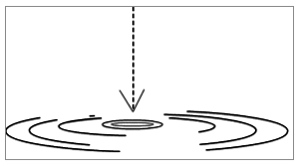Violence at three borders, naturally it’s a pattern
Monday, April 30th, 2018[ by Charles Cameron — a quick dip into the news, the Koreas, Gaza and Israel, Tijuana and San Diego ]
.
At the Korean border, axes as weapons:
In 1976, American soldiers guarding the border between North and South Korea were given what seemed like a simple task: trim a poplar tree blocking the view of a United Nations command post within the demilitarized zone, or DMZ, that had separated the two countries since the end of the Korean War.
[ .. ]
But after 10 or 15 minutes, a North Korean officer ordered the tree-trimming to stop. When the Americans refused, the North Koreans sent for reinforcements.
“When they arrived … the North Koreans suddenly attacked, killing the two U.S. officers and injuring four Americans and four South Koreans,” Don Oberdorfer reported for The Washington Post. “Witnesses said the North Koreans used the axes intended for tree-trimming as their weapons.”
The poplar incident nearly started a second war between North Korea and the United States, which launched a massive military operation that involved hundreds of troops, B-52 bombers, fighter jets and an aircraft carrier. It was dubbed Operation Paul Bunyan, after the giant lumberjack of American folklore./>
**
At the Israeli border, death is equal to life?
Say what you will about root causes and immediate ones — about incitement and militancy, about siege and control, about who did what first to whom — one thing is clear. More than a decade of deprivation and desperation, with little hope of relief, has led thousands of young Gazans to throw themselves into a protest that few, if any, think can actually achieve its stated goal: a return to the homes in what is now Israel that their forebears left behind in 1948.
In five weeks of protests, 46 people have been killed, and hundreds more have been badly wounded, according to the Gaza health ministry.
[ .. ]
“It doesn’t matter to me if they shoot me or not,” he said in a quiet moment inside his family’s tent. “Death or life — it’s the same thing.”
**
After 3,000 miles, the American border:
A long, grueling journey gave way to what could be a long, uncertain asylum process Sunday as a caravan of immigrants finally reached the border between the United States and Mexico, setting up a dramatic moment and a test of President Trump’s anti-immigrant politics.
More than 150 migrants, part of a caravan that once numbered about 1,200 and headed north in March from Mexico’s border with Guatemala, were prepared to seek asylum from United States immigration officials.
But in what was likely to be one of many curves on the road, the migrants were told Sunday afternoon that the immigration officials could not process their claims, and they would have to spend the night on the Mexican side of the border.
**
When I was yet a boy, I was sent out with a companion, both of us armed with .303 rifles dating back to World War Zero, to guard the grounds of our school, Wellington College, named for the Iron Duke, from Frank Mitchell aka “The Mad Axeman”, named for his murder rampage, who had escaped a couple of hours earlier from Broadmoor Hospital for the Criminally Insane, named for its location and inmates, whose grounds were near our own in the scrublands near Sandhurst, the British West Point, with some sort of common geist haunting the three establishments.
My mild afright patrolling for the Axeman — if I confronted him, should I cry out “Stand and deliver” or “Who goes there”?? — can hardly compare with the terror inspired by North Korean troops equipped with axes..
Nor can my six year term as a boarder at Wellington, where I was once beaten — four, I think, with a bamboo cane — for doing the Times crossword puzzle in preference to my maths homework, possibly compare with the sense of confinement experienced by the Gaza Palestinians..
San Diego beaches, however, I have some little experience of — that’s San Diego beach, US of A to the right of the border wall in the photo above; to the left of the wall, however, it’s Tijuana beach, Mexico — and as Rudyard Kipling might have said, “seldom, if ever, the twain shall meet”.
**
Sources:
WaPo, At Korean summit in DMZ, ‘deranged’ ax murders still cast a shadow NYT, For Gaza Protester, Living or Dying Is the ‘Same Thing’ NYT, Migrant Caravan, After Grueling Trip, Reaches U.S. Border. Now the Really Hard Part
See also:
Zenpundit, The Korean border / no border dance Zenpundit, Sunday surprise: thinking of the Koreas, more



















